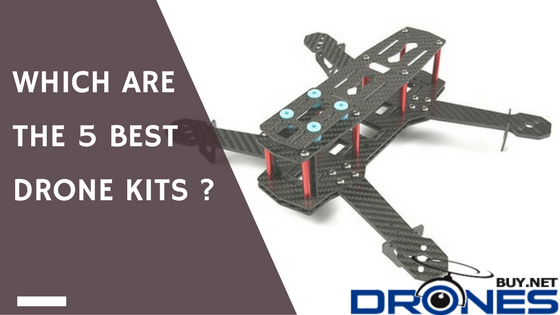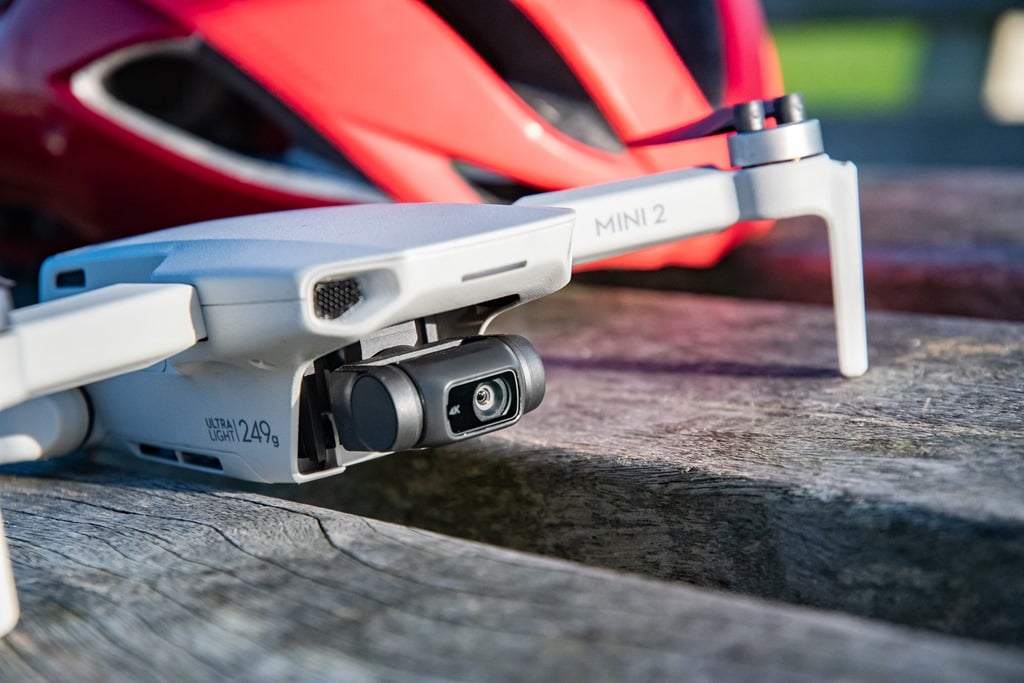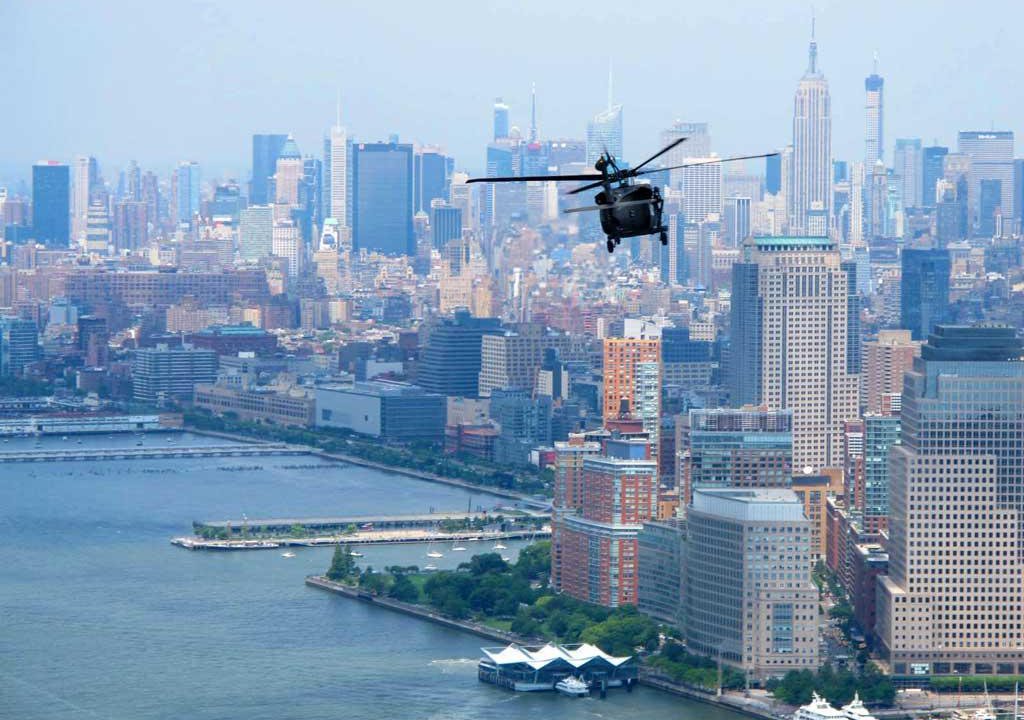
It is not easy to answer the question "Who invented drones?" It is difficult to say exactly who invented drones, but there are several possible inventors who came close. Abraham Kareem (Frank Von Uchatius), Nikola Tesla, David Kelley, and Nikola Tesla all merit a mention. Each of these men contributed their own ideas to drones.
Abraham Kareem
A few decades ago, a man from Israel named Abraham Kareem founded Leading Systems in his garage and began to develop a drone that would revolutionize the way America fights wars. He built the drone from plywood, fibreglass as well as a two-stroke, go-kart-type engine. It actually lasted 56 hours. It is still being used today by the United States Army.
While drones were originally designed to hunt prey, they could also be used for other purposes. Drones could be used for spying on enemies or collecting intelligence. These aircraft could eventually fly for hours at once. They could also be used as a deterrent to another invasion of Israel. But there were drawbacks. Drones fell frequently and had poor endurance while in flight. They are crucially important for the military.

Franz Von Uchatius
Franz Von Uchatius was an Austrian artillery officer who devised a system by which flying robots could deliver deadly ordnance. Although the idea was known for many generations, it had never been realized. Drones can be launched from shorelines and would deliver lethal ordnance on the battlefield with pinpoint accuracy, unlike other military tactics.
Austria conducted a pilot-less balloon bombing attack on Venice in 1879 with 200 balloons containing 33 pounds of explosives. Half-hour time fused and explosives did little damage. Fortunately, many balloons blew back to Austria, not damaging the city. Franz Von Uchatius (born in Austria in 1811) is known for inventing drones. Many other inventions he made for the military worldwide include the motion picture projector.
Nikola Tesla
It is possible that Nikola Tesla built military advertisements if you have ever seen one. Nikola Tesla, an inventor, created a patent in 1898 that predicted the dynamics of drones. Tesla was one of the most prolific scientists of the time, but many of his discoveries went unnoticed. He was also one of the first to build an unmanned, unmanned drone called Kettering Bug. It was intended that it would be used during World War I. Unfortunately, his drone design was not ready in time for combat. It failed to perform well in performance tests and was pre-programmed to fly a specified distance before being deployed.

While his invention was not immediately successful, it did set the stage for future unmanned aerial vehicles. While Tesla's patent expired without serious interest from military departments, the technology behind drones has transformed the way people do business. Drones are now being used in many sectors, and Tesla's patent was granted 118 years ago. It's a testament to his innovative spirit and drive to create something revolutionary. If Tesla was a visionary, drones are the future.
FAQ
What is the law regarding drones flying over private property
New rules have been issued by the FAA for commercial drone flying. These rules do not apply to UAVs under 55 pounds or flying at less than 400 feet above sea level. Commercial operators must register with the FAA and obtain a license from the agency. They will also require permission from local authorities to operate near airports and other restricted areas.
Is it necessary to have special training in order to fly a drone
No, you don’t need any special training in order to fly your drone. You just need a remote-control unit and basic knowledge in flight mechanics.
Can my drone be flown around my neighbourhood?
Yes! These are also known as UAVs (unmanned aerial vehicle). There are many kinds of drones today. They range from small quadcopters, to large fixed-wing planes. New rules have been issued by the FAA regarding commercial use of UAVs. This means that you can legally fly them for business purposes. Be aware that UAVs operating near airports could cause interference to air traffic control systems. You must get permission from the authorities before you can fly one.
What kind of batteries does a drone use?
The majority of drones use lithium-ion cells. A typical drone consumes between 3 and 6.
Statistics
- According to industry research from ZipRecruiter , there are 10 cities where the typical salary for a Drone Pilot job is above the national average. (dronesgator.com)
- According to the multiple listing service (MLS), houses and apartments with drone photographs are up to 68 percent more likely to sell than those without pictures. (thedroneu.com)
- According to Indeed, a drone pilot gets paid $25.73 per hour on average in the US. (dronesgator.com)
External Links
How To
How to Fly Drones for Beginners
A drone can be used to fly remotely controlled aircraft for photography, surveillance, scientific research, hobby and commercial purposes. Drones have been in use since World War II. DJI introduced their Phantom series of quadcopters in 2010, but commercial use only began in 2010. Since then, there have been many different types of drones available, from beginner-friendly models like the Parrot AR Drone 2.0 to professional-grade multi-rotor craft like the DJI Mavic Pro.
There are many ways to fly a drone.
-
Remote control: This uses a remote control device that attaches to your hand and allows you control the drone along its flight path. There are two types of controllers available: joysticks and on/off switches.
-
Manual Control – This allows remote operation of the drone via GPS coordinates using a smartphone application. You will need to keep track of where the drone is going and follow the directions from the app.
-
Autonomous Flight: This means that the drone will take care of all the piloting. The drone is able to fly autonomously, without the need for human intervention. The drone must be equipped with a camera and sensors that can capture images and data in order to fly autonomously.
-
Triggered Flight: This is similar in concept to manual control. The pilot manually creates a route and the drone then follows it until it reaches that endpoint. The drone automatically lands once the route has been completed and returns to the base.
-
Landing Gear – A few drones come with landing gear. This allows them land safely in the event of losing power or running out of battery.
-
Goggles: Some pilots use goggles in order to protect themselves against debris when operating.
-
Camera - You can capture photos and videos with your drone from the air.
-
Obstacles - Some drones can be equipped with obstacle avoidance systems that prevent them from crashing into obstacles.
-
Speed - Drones can reach speeds up to 40 mph.
-
Battery Life – Most drones will last 20 minutes to three hours depending on how powerful they are.
-
Some drones have a range of up to 30 miles, depending on their model.
-
Power source - Some drones need an external power source, while others use internal batteries.
-
Weight - Some drones are lighter than others, while some models can weigh as much as 4 pounds.
-
Size - Drones come in many sizes, from small gadgets that fit in one's hands to large craft that weigh more than 50 lbs.
-
Price - High-end drones can go for thousands of dollars, while low-cost models start at $100.